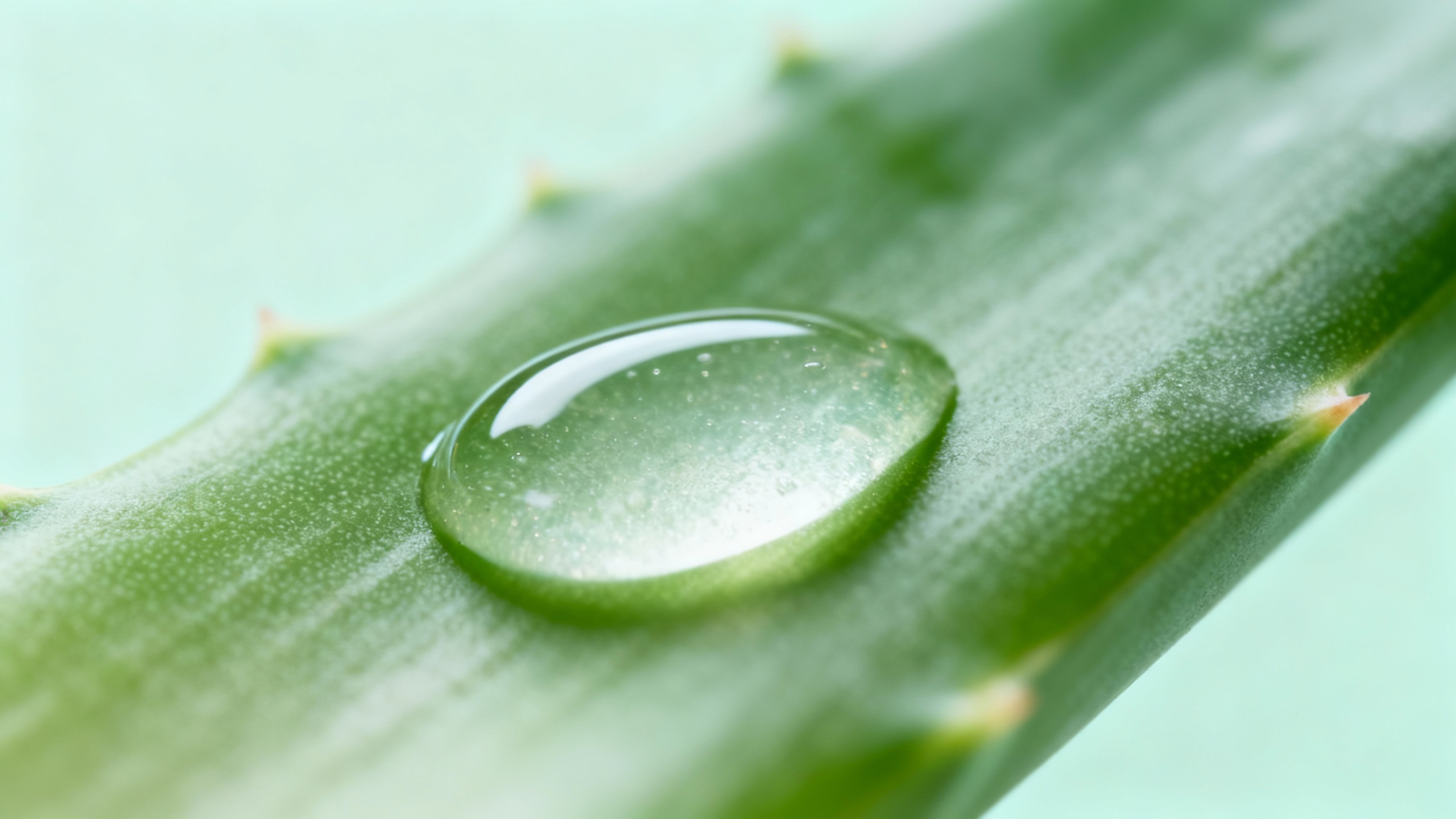Published 21 August 2024
Lice Itch Relief: Soothing Scalp Irritation Effectively

Understanding Lice-Related Itching
The intense itching caused by head lice results from an allergic reaction to lice saliva injected into the scalp during feeding. This itching can be unbearable, affecting sleep, concentration, and overall quality of life. While treating the underlying infestation is essential, managing the itch provides immediate comfort and prevents complications from excessive scratching.
It's important to note that itching may persist for several days even after successful lice eradication, as the allergic reaction takes time to subside. Understanding this helps set realistic expectations and prevents unnecessary worry about treatment failure.
Immediate Itch Relief Methods
Cold Compress Application
Apply a cold, damp washcloth or ice pack wrapped in a thin towel to itchy areas of the scalp for 10-15 minutes. The cold temperature numbs nerve endings and reduces inflammation, providing quick relief. This can be repeated several times throughout the day as needed.
Gentle Scalp Massage
Use your fingertips (not nails) to gently massage the scalp in circular motions. This stimulates blood flow and can help interrupt the itch sensation. Avoid scratching with fingernails, as this can break the skin and lead to secondary bacterial infections.
Calamine Lotion Treatment
Calamine lotion applied directly to the scalp provides a cooling sensation and helps dry out weeping from scratched areas. Use a cotton ball to apply to affected areas, avoiding getting it in the hair as much as possible. The anti-itch properties help reduce the urge to scratch.
Medicated Solutions for Itch Control
Hydrocortisone Cream
Over-the-counter hydrocortisone cream (0.5-1%) can be applied sparingly to the scalp to reduce inflammation and itching. Part the hair in sections and apply small amounts directly to the most irritated areas. Use for no more than one week without consulting a healthcare provider.
Antihistamine Medications
Oral antihistamines like diphenhydramine (Benadryl) or loratadine (Claritin) can help reduce the allergic reaction causing the itch. These are particularly useful at bedtime, as they can help you sleep despite the itching. Follow package directions for appropriate dosing based on age and weight.
Topical Anesthetic Sprays
Sprays containing pramoxine or benzocaine provide temporary numbing relief. Apply to the scalp according to product instructions, being careful to avoid the eyes. These offer quick relief but should be used sparingly and for short periods only.
Natural Remedies for Soothing Relief
Aloe Vera Gel
Pure aloe vera gel offers natural anti-inflammatory and cooling properties. Apply directly to the scalp, leave for 20-30 minutes, then rinse. The gel soothes irritation and promotes healing of any areas damaged by scratching. Use two to three times daily for best results.
Oatmeal Scalp Treatments
Colloidal oatmeal has well-documented anti-itch properties. Create a paste by mixing finely ground oatmeal with water, apply to the scalp, leave for 15-20 minutes, then rinse thoroughly. This natural treatment can be used daily without side effects.
Tea Tree Oil Dilution
While tea tree oil shows some anti-lice properties, its anti-inflammatory effects also help soothe itching. Mix 2-3 drops of tea tree oil with a tablespoon of carrier oil (coconut, olive, or jojoba) and massage into the scalp. Leave for 30 minutes before washing out. Never apply undiluted tea tree oil directly to skin.
Preventing Scratching Complications
Keep Nails Short and Clean
Trim fingernails short to minimize damage if scratching occurs. This is especially important for children who may have less self-control. Clean nails regularly to reduce the risk of introducing bacteria if the skin is broken.
Wear Lightweight Gloves at Night
For severe itching that leads to unconscious scratching during sleep, consider wearing soft cotton gloves to bed. This creates a barrier that prevents nail damage to the scalp while still allowing some satisfaction of the urge to scratch.
Monitor for Signs of Infection
Watch for increased redness, warmth, swelling, or pus at scratch sites, which may indicate secondary bacterial infection. If these symptoms develop, consult a healthcare provider promptly. Antibiotic treatment may be necessary to prevent complications.
Long-Term Scalp Care
Gentle Cleansing Routine
Use mild, fragrance-free shampoos that won't further irritate the sensitive scalp. Wash hair with lukewarm (not hot) water, as hot water can intensify itching. Pat hair dry gently rather than rubbing vigorously.
Moisturizing the Scalp
Once lice treatment is complete, keep the scalp moisturized to promote healing. Light application of coconut oil, jojoba oil, or specialized scalp moisturizers can help. Avoid heavy products that might create an environment for new lice to thrive.
Stress Management
Stress can worsen itching sensations. Practice relaxation techniques such as deep breathing, meditation, or gentle exercise. Getting adequate sleep and maintaining a balanced diet also support skin healing and reduce itch intensity.
When to Seek Medical Attention
While most lice-related itching can be managed at home, certain situations warrant professional medical care. Consult a healthcare provider if itching persists more than two weeks after successful lice eradication, if signs of infection develop, or if over-the-counter treatments provide no relief after one week of consistent use.
Severe itching that significantly impacts sleep or daily activities also deserves medical attention. A healthcare provider can prescribe stronger anti-itch medications or identify other potential causes of persistent scalp irritation.